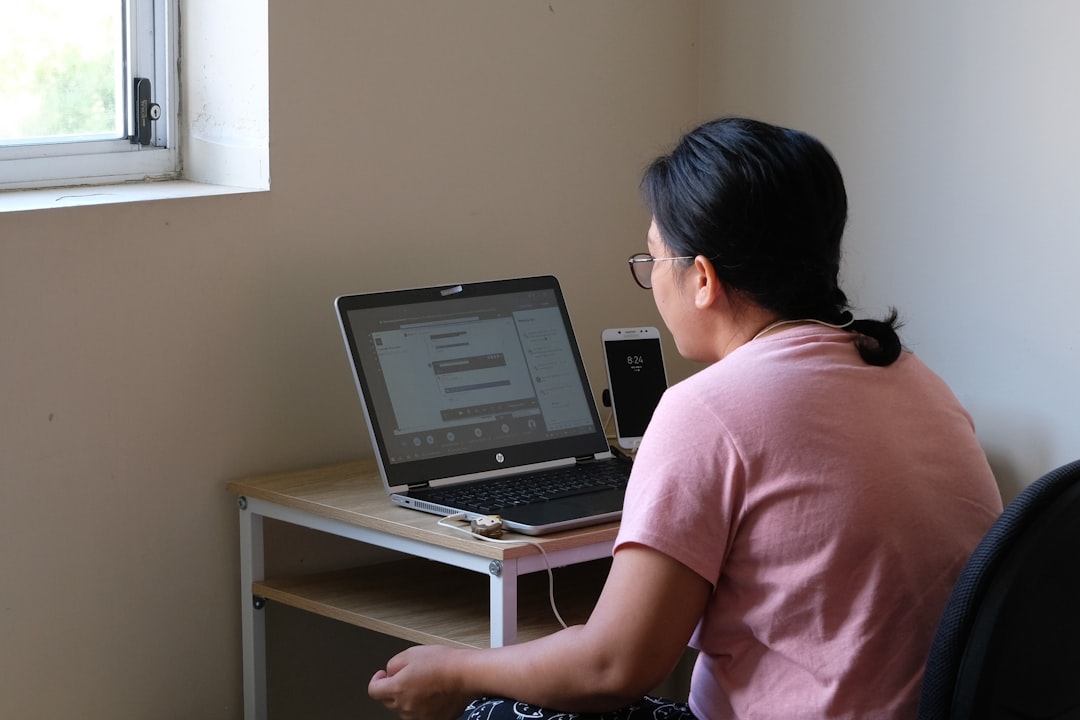Over the past few years, SonicWall’s SSL VPN appliances have become essential tools for enabling secure remote access to corporate networks. However, as with any internet-facing technology, they remain high-value targets for cybercriminals. Several critical vulnerabilities affecting SonicWall SSL VPNs have been disclosed by security researchers and threat intelligence groups, prompting urgent responses from IT and security teams across the globe.
TLDR: A Quick Summary
Table of Contents
SonicWall SSL VPN appliances have been affected by a series of critical vulnerabilities—some with severity ratings as high as 9.8 out of 10. These flaws can allow unauthenticated attackers to execute code remotely or retrieve sensitive data from vulnerable systems. The most effective defense is immediate patching using SonicWall’s provided hotfixes and firmware updates. This guide provides a detailed overview of which vulnerabilities to focus on, how to apply patches, and best practices to secure affected systems.
Understanding the SonicWall SSL VPN Threat Landscape
SonicWall SSL VPN devices are widely used in enterprise environments, especially where secure remote access is necessary. Unfortunately, their critical role makes them popular attack vectors. Several vulnerabilities discovered in recent months have been weaponized in the wild, including:
- CVE-2021-20016: An information disclosure vulnerability, allowing unauthenticated attackers to gain sensitive configuration data.
- CVE-2021-20038: Stack-based buffer overflow that could lead to remote code execution (RCE).
- CVE-2021-20039: Improper access control issues affecting the VPN portal interface.
These vulnerabilities are extremely serious—when exploited, they can give attackers complete control over the VPN appliance without needing valid credentials.

How To Identify If You’re Affected
Before applying patches, it’s crucial to determine whether your systems are vulnerable. All SonicWall SSL VPN devices running unpatched firmware—from legacy versions to the latest releases—may be at risk.
Check the following:
- Device firmware version (accessible via the administration UI)
- Logs for suspicious access activity or exploit attempts (e.g., CVE-specific scanning)
- Anomalies such as unexplained configuration changes
If you’re using firmware versions dated before October 2021, it’s recommended that you treat your devices as potentially vulnerable and initiate the patching process immediately.
Quick Patch Guide to Secure SonicWall SSL VPN Devices
Follow this straightforward step-by-step guide to secure your SonicWall SSL VPN devices against known threats:
1. Backup Your Configuration
Always start by saving a full configuration backup. In the event something goes wrong during the update, this ensures you can quickly restore service.
- Navigate to System > Settings > Export Settings
- Download the config.exp file to a secure location
2. Download The Latest Firmware
Visit the official SonicWall MySonicWall portal and download the applicable firmware for your device model.
- Log into your MySonicWall account
- Go to Resources > Download Center
- Select your product and download the most recent firmware (.sig file)
Refer to SonicWall’s release notes to confirm whether the firmware contains fixes for CVE-2021-20016, CVE-2021-20038, and related vulnerabilities.
3. Apply Firmware Updates
On your SonicWall administrative UI:
- Navigate to System > Settings > Firmware Management
- Select Upload Firmware and choose your downloaded file
- Once uploaded, click Boot to activate the new version
Important: This will cause a reboot of the appliance, so schedule updates during a maintenance window if possible.
4. Validate That Patching Was Successful
Post-boot, log back into the appliance and verify that:
- The firmware version matches your intended update
- Key services (user authentication, VPN tunneling) are working normally
- No older firmware versions are left as backup on the device (remove to prevent rollback attacks)
Additional Hardening Measures
Patching is the first step, but more can be done to ensure your SonicWall SSL VPN devices are not easy targets. Implement the following:
1. Disable Unused Services
If your deployment does not require the SSL VPN interface to be externally accessible, disable it by going to:
- Network > Interfaces
- Disable WAN access for SSL VPN
Alternatively, restrict inbound access using IP whitelisting or geo-blocking options within the SonicWall UI.
2. Enable Multi-Factor Authentication (MFA)
MFA significantly reduces the risk of unauthorized access even if credentials are compromised. Start by:
- Enabling Two-Factor Authentication under the User Settings
- Configuring integration with services such as Duo Security or RSA SecurID
3. Monitor for Known Indicators of Compromise
Threat actors often use known command and control (C2) signatures or upload web shells after exploiting SSL VPNs. You should:
- Regularly inspect traffic logs for unusual patterns
- Use IDS/IPS tools to detect known CVE exploitation attempts
- Search for unauthorized file uploads or scripts in appliance directories

Red Flags: Signs You May Have Already Been Compromised
Unfortunately, by the time many organizations apply patches, their systems may already be compromised. Watch for signs such as:
- Mysterious new administrator accounts
- Outbound communication to suspicious IP addresses
- Unexpected changes to device settings or firmware
If you discover any of these, it’s wise to not only re-image your SonicWall device but also to begin forensic incident response. Assume that credentials may be compromised and initiate organization-wide password resets.
Creating a Long-Term Strategy
Security is not a one-time exercise. To ensure long-term protection against SonicWall SSL VPN vulnerabilities:
- Schedule Regular Firmware Checks: Make it routine to check SonicWall’s advisory page for updates.
- Create Patch Management Playbooks: Maintain documented procedures so new personnel can act swiftly.
- Join Threat Intelligence Feeds: Use sources like CISA, US-CERT, and SonicWall’s own alerts to stay ahead of threats.
The SonicWall SSL VPN architecture is robust when patched and maintained properly. As with any front-facing security product, vigilance and proactive care remain your best tools against emerging exploits.
Conclusion
In light of increasingly sophisticated and frequent attacks on VPN infrastructures, failing to apply critical firmware patches promptly is a significant risk. Whether by exploiting remote code execution flaws or bypassing authentication controls, attackers can turn unpatched SonicWall devices into stepping stones into your protected environment. Organizations should treat these vulnerabilities with the urgency they deserve—and follow rigorous update, backup, and monitoring procedures.
If you’re unsure about the current state of your organization’s SonicWall devices, act today. Review firmware versions, implement pending patches, and fortify your VPN stack with layered security and best practices.

